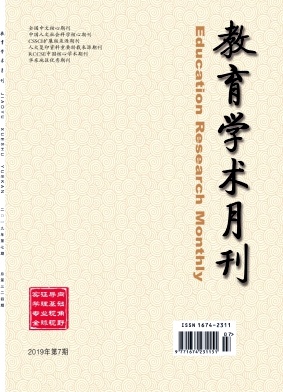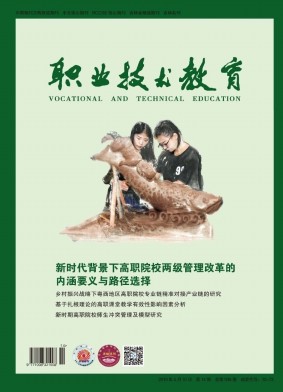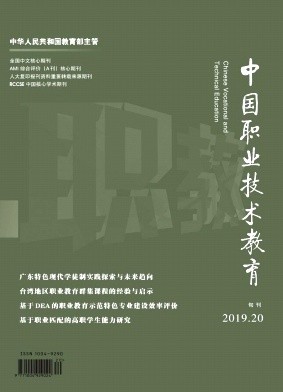摘要 目的采用高通量测序技术研究老年细菌性肺炎纤维支气管镜吸痰样本的菌群分布情况。方法收集上海普陀区利群医院38例65岁及以上临床诊断为细菌性肺炎的未经治疗的患者纤维支气管镜吸痰样本,分别进行传统涂片镜检、痰培养,并采用Illumina Miseq检测细菌16s rDNA,分析菌落组成,比较传统培养与16s rDNA测序结果。结果16s rDNA测序得到总有效测序数目为385637条,总有效碱基数目1839833969 bp,每条序列的平均长度为422 bp。总获得15805个OTU(Operational Taxonomic Units)、3690种细菌,共计50个门,1562个属。在门分类水平上,相对丰度较高的为变形杆菌门,厚壁菌门,放线菌门,拟杆菌门,绿弯菌门,酸杆菌门等;在属水平上,相对丰度较高的为假单胞菌属,链球菌属,普雷沃菌属,韦荣氏球菌属,霉浆菌属,嗜血杆菌属,克雷伯氏菌属,节杆菌属,等。38例临床诊断为肺炎患者仅有15例培养为阳性,样本痰培养与16s rDNA测序结果一致性仅为50%。结论38个老年细菌性肺炎患者都具有丰富的细菌种类,并且以变形杆菌门的一系列未知分类单元的属占据主要地位。16s rDNA高通量测序相对于传统痰涂片和痰培养技术,检测更加快速,精准检测菌种大大增多。因此,在条件许可的前提下,应该推荐使用高通量测序技术探究老年患者细菌性肺炎分布特征。 Objective To study the distribution characteristics of bacterial flora in sputum aspirated by bronchofiberscope in elderly patients with bacterial pneumonia by high-throughput sequencing technology.Methods The sputum samples aspirated by bronchofiberscope from 38 untreated patients who were≥65 years old and diagnosed as bacterial pneumonia in Liqun Hospital were collected.Traditional smear examination and sputumculture were performed.The 16s rDNA of bacteria was detected by Illumina Miseq,and colony composition was analyzed.The results of sputumculture and 16s rDNAsequencing were compared.Results The 16s rDNA sequencing results showed that the total effective number of 16s rDNA sequence was 385637,the total effective base number was 1839833969 bp,and the average length of each sequence was 422 bp.A total of 15805 OTUs(operational taxonomic units)and 3690 kinds of bacteria were obtained,including 50 phyla and 1562 genera.At the level of phylumclassification,Proteobacteria,Firmicutes,Actinobacteria,Bacteroidota,Chloroflexi,Acidobacteriota,etc.were relatively abundant.At the genus level,Pseudomonas,Streptococcus,Prevotella,veroniella,mycoplasma,Haemophilus,Klebsiella,Arthrobacter,etc.were relatively abundant.only 15 of 38 patients with pneumonia were positive culture.The consistency between sputumculture and 16s rDNAsequencing was only 50%.Conclusion The 38 elderly patients with bacterial pneumonia have abundant bacterial species,and a series of unknown taxa of Proteus occupy the main position.Compared with the traditional sputum smear and sputum culture technology,16s rDNA sequencing technology is more rapid and accurate,and the detection strains are greatly increased.Therefore,if conditions permit,it should be recommended to use high-throughput sequencing technology to explore the distribution characteristics of bacterial flora in elderly patients with bacterial pneumonia.
出处 《老年医学与保健》 CAS 2021年第2期234-237,261,共5页 Geriatrics & Health Care
基金 上海市普陀区卫生系统自主创新科研资助项目(Ptkwws201821)。
关键词 老年 细菌性肺炎 高通量DNA测序 菌群分布 elderly bacterial pneumonia high throughput sequencing flora distribution
分类号 R44 [医药卫生—诊断学]




